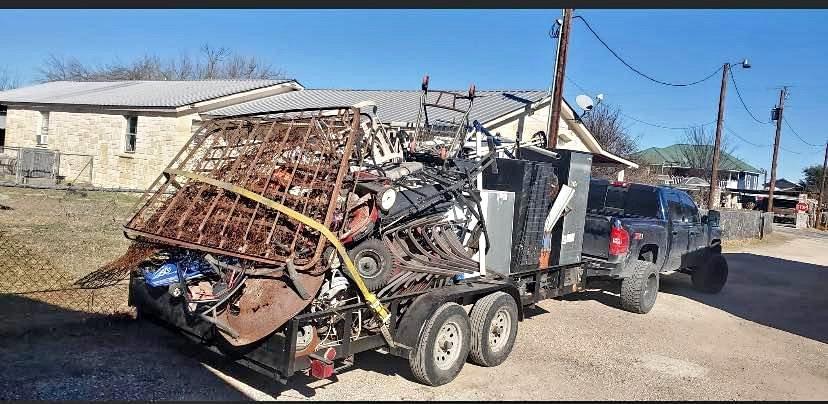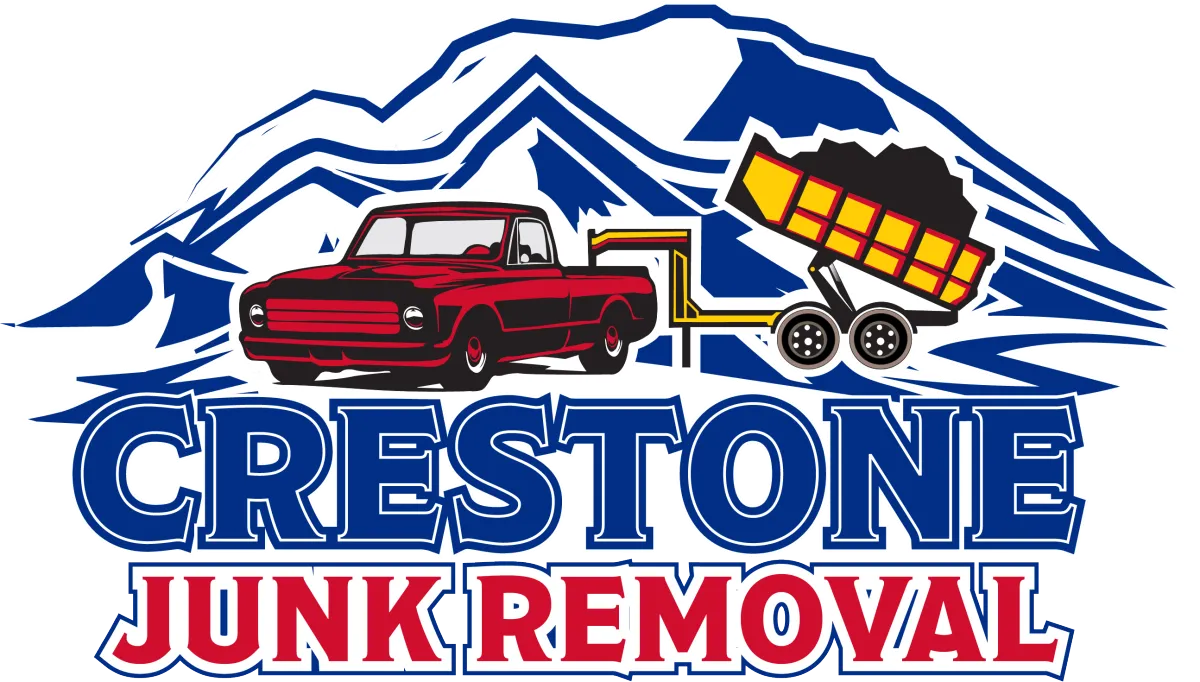
The Complete Guide to Junk Removal Services
“Have nothing in your house that you do not know to be useful or believe to be beautiful.” – William Morris
When it comes to decluttering your living or workspaces, junk removal services play a crucial role in efficiently and responsibly disposing of unwanted items. This comprehensive guide will walk you through the various aspects of junk removal services, helping you understand the process, benefits, and eco-friendly practices.
1. Understanding the Basics of Junk Removal Services
Junk removal services encompass a wide range of offerings, from residential cleanup to construction site debris removal. These services cater to the diverse needs of individuals and businesses looking to rid their spaces of unwanted items and clutter. Here's a closer look at the fundamental aspects:
1.1 What Junk Removal Services Include
Junk removal services cover a broad spectrum, including:
Residential Junk Removal: Clearing out unwanted items from homes, apartments, or estates.
Construction Site Cleanup: Disposing of debris, materials, and waste from construction projects.
Hoarder Cleanouts: Compassionate services for individuals dealing with hoarding situations.
Tenant Eviction Cleanouts: Efficient removal of items left behind after tenant evictions.
Appliance, Furniture, and Electronics Disposal: Proper disposal and recycling of old appliances, furniture, and electronic devices.
1.2 The Benefits of Professional Junk Removal
1.2.1 Time and Effort Savings
Hiring professionals for junk removal saves you valuable time and effort. The team is equipped with the necessary tools and expertise to handle the entire process efficiently.
1.2.2 Environmental Responsibility
Reputable junk removal services prioritize responsible disposal methods. They recycle, donate, or dispose of items in an eco-friendly manner, reducing the environmental impact.
1.2.3 Safety Compliance
In construction site cleanup, adhering to safety regulations is crucial. Professional junk removal services ensure compliance with safety standards, minimizing risks and liabilities.
2. Residential Junk Removal: A Step-by-Step Guide
2.1 Assessing Your Needs
Before scheduling a residential junk removal service, assess your needs. Identify items you want to dispose of, categorize them, and make a list to share with the removal team.
2.2 Scheduling the Service
Contact a reputable junk removal company and schedule a convenient time for the service. They will provide you with an estimate based on the volume and types of items to be removed.
2.2.1 Flexible Scheduling Options
Leading junk removal services offer flexible scheduling to accommodate your preferences. This includes weekends and evenings, ensuring minimal disruption to your daily routine.
2.3 On-Site Assessment and Quotation
Upon arrival, the removal team will conduct an on-site assessment, finalizing the quote based on the actual items and their volume. This transparency ensures no hidden costs.
2.3.1 Negotiation and Customization
Some services allow negotiation or customization of the quote, providing flexibility for clients with specific needs or budget constraints.
2.4 Efficient Removal Process
The removal team will systematically clear out the designated areas, ensuring thoroughness and efficiency. They handle heavy lifting, sorting, and loading items onto their truck.
2.4.1 Careful Handling of Delicate Items
Special attention is given to delicate or valuable items. Removal professionals are trained to handle items with care to prevent damage during the removal process.
2.5 Responsible Disposal Practices
Junk removal services are committed to responsible disposal. They sort items for recycling, donation, or proper disposal in accordance with environmental guidelines.
2.5.1 Donation Opportunities for Usable Items
Many reputable services collaborate with local charities or organizations to donate usable items, contributing to community welfare.
3. Construction Site Cleanup: Best Practices Unveiled
3.1 Preparing for Cleanup
Before initiating construction site cleanup, conduct a thorough assessment of the site. Identify hazardous materials, salvageable items, and waste that require specialized disposal.
3.1.1 Hazardous Material Handling Protocols
Understanding and adhering to protocols for handling hazardous materials is essential. Professional services are equipped to manage such materials safely.
3.2 Developing a Cleanup Plan
Work with the junk removal team to create a cleanup plan tailored to the construction site's specific needs. This plan should outline the sequence of tasks and disposal methods.
3.2.1 Tailored Solutions for Varied Debris
Different construction projects generate various types of debris. An effective cleanup plan considers the nature of the debris and tailors solutions accordingly.
3.3 Safety Measures During Cleanup
Construction sites pose unique safety challenges. Professional junk removal services prioritize safety measures, ensuring the well-being of their team and compliance with regulations.
3.3.1 Protective Gear and Equipment Usage
Junk removal teams use appropriate protective gear and equipment to mitigate risks associated with handling construction debris.
3.4 Post-Cleanup Inspection
After completing the cleanup, conduct a thorough inspection to ensure no debris or hazardous materials are left behind. Professional services often provide post-cleanup inspections for quality assurance.
3.4.1 Addressing Client Concerns
If any concerns arise during the post-cleanup inspection, reputable junk removal services promptly address them, ensuring client satisfaction.
4. Hoarder Cleanouts: A Sensitive Approach to Clutter-Free Living
4.1 Understanding Hoarding Behavior
Hoarder cleanouts require a nuanced understanding of hoarding behavior. The removal team approaches these situations with empathy and professionalism.
4.1.1 Communicating with Sensitivity
Effective communication with hoarders involves empathy and sensitivity. Professionals maintain open dialogue to address concerns and gain trust.
4.2 Customized Cleanup Plans
Each hoarder cleanout is unique, requiring a customized cleanup plan. Removal services collaborate with clients to develop a plan that aligns with their emotional and logistical needs.
4.2.1 Step-by-Step Guidance for Clients
Providing clients with a step-by-step guide helps them understand the cleanup process, fostering cooperation and easing anxieties associated with hoarding.
4.3 Dealing with Emotional Challenges
Hoarder cleanouts often involve emotional challenges for both clients and removal teams. Professionals are trained to handle these situations with patience and understanding.
4.3.1 Mental Health Considerations
Recognizing the connection between hoarding behavior and mental health, removal teams approach cleanouts with a holistic understanding, encouraging clients to seek professional help if needed.
5. Tenant Eviction Cleanouts: Legal Disposal Solutions
5.1 Legal Obligations for Landlords
Landlords face legal obligations when dealing with tenant eviction cleanouts. Professional junk removal services understand and adhere to these legal requirements.
5.1.1 Timely and Legal Disposal
Prompt and legal disposal of items left behind after tenant evictions is crucial. Removal services ensure compliance with local laws to avoid legal complications for landlords.
5.2 Efficient Turnaround Time
Tenant eviction cleanouts demand swift action to prepare the property for new occupants. Removal services prioritize efficiency without compromising on legal and ethical considerations.
5.2.1 Communication with Property Owners
Effective communication between removal services and property owners is essential for a streamlined process. Updates on progress and potential challenges foster a collaborative approach.
5.3 Handling Abandoned Items Responsibly
Items left behind by evicted tenants require responsible
Get more information about Crestone junk removal services or to have any old furniture, appliances or electronics disposed.

